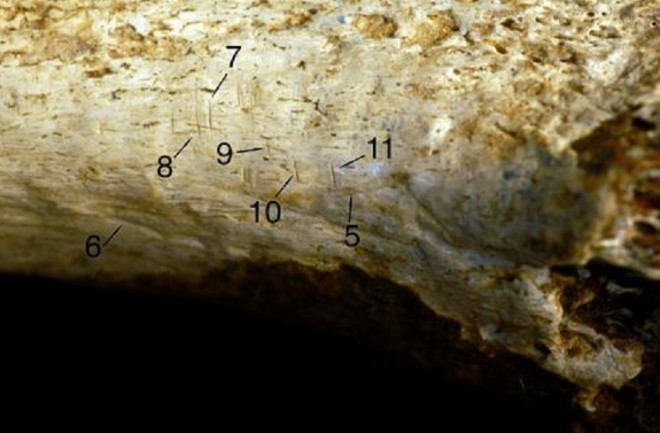In 2017, Briana Pobiner, a paleoanthropologist at the Smithsonian National Museum, pointed a magnifying lens at a 1.45 million-year-old tibia and saw a series of neat slashes. The bone belonged to the National Museums of Kenya in Nairobi, where Pobiner had gone to look for animal tooth marks on ancient hominin bones. While researchers generally assume that animals killed and ate our ancient ancestors, relatively little evidence has ever come to light.
But this was a different kind of evidence, as the nine slashes resembled butchery marks, meaning another human had inflicted them with a stone tool.
“These cut marks look very similar to what I’ve seen on animal fossils that were being processed for consumption,” Pobiner says in a press release. “It seems most likely that the meat from this leg was eaten and that it was eaten for nutrition as opposed to for a ritual.”







